Many times the cause of deep vein disease is in the deep veins within the pelvis and cannot be seen under external ultrasound. Treatment of these veins almost always require outpatient treatment in the hospital where specialized imaging and treatment equipment can be utlized. The symptoms can be different than superficial vein disease however they can overlap or even mimic superficial disease. Dr. Harrison is a specialist in all disease processes of veins whether within the deep or superficial system and has many years of experience in diagnosing and treating.
DVT
Deep Vein Thrombosis is a blood clot occurring within the deep vein system typically located above the knee. DVT typically presents with pain in the affected leg with redness and swelling. It typically occurs suddenly and places you in danger of a pulmonary embolus. A PE or pulmonary embolus is when a blood clot becomes dislodged and travels to the right heart and lungs. Depending on the size this clot may inhibit all or part of venous blood flow to the lungs and can result in death. Treatment of an uncomplicated DVT usually means starting a blood thinner and in some cases can be started in the clinic. If the blood clot is extensive and painful, in-hospital treatment may be warranted. This treatment may involve placing a catheter into the affected leg vein and removing the thrombus with a machine called Angiojet. Angiojet is also used for removal of blood clots in not only veins but also arteries in the legs, heart, and lungs. Dr. Harrison has extensive experience with Angiojet. Another treatment may be EKOS which is a catheter based device that emits a low frequency ultrasound to break up the clot and a very tiny amount of TPA or clot buster medicine is slowly infused to dissolve the clot. Another treatment may be delivering a clot buster medicine into a peripheral vein that circulates within the body. The choice of treatments should be made by someone who has experience in all possible treatment modalities so the most effective and safest can be chosen. Dr. Harrison has many years of experience with all the above treatment modalities.
Deep Vein Stenosis
Deep vein stenosis typically occurs in the deep veins of the pelvis ie in the femoral, iliac, or vena cava system. A stenosis or blockage of a vein may occur in the leg but less likely. Patients at risk for permanent blockages in the central deep vein system are patients who have a prior history of DVT. Presenting symptoms are swelling in one extremity or the other and sometimes both, leg heaviness, tired painful leg, or non-healing leg ulcers. Symptoms may mimic superficial vein reflux disease and it may be difficult to know the difference without invasive testing. Typically if a patient presents with those symptoms vein mapping is performed of the legs and if reflux is found of significance the superficial veins are treated first in the office and if symptoms persist then the patient is taken to the hospital for invasive testing. Testing usually means placing the patient under anesthesia, placing two catheters one in each deep leg vein, and injecting contrast and recording images and placing a catheter with ultrasound at the tip to look inside the vein to see if it is partially blocked. This is called IVUS (intravascular ultrasound). If significant blockages are found we then treat immediately with a balloon and stent.
May-Thurners Syndrome
This syndrome can only be diagnosed by IVUS (intravascular ultrasound) and done in a hospital or outpatient surgical lab. May-Thurners occurs when the iliac artery which overlies the iliac vein has begun to compress the vein to the point of decreasing venous flow to the heart. This typically occurs on the left side with symptoms of left leg only swelling but may occur on the right or on both. Treatment of this syndrome is done in the hospital with balloon and stenting with excellent results and relief of symptoms. It must be done by someone with experience in making the correct diagnosis and skills for treatment. Not all May-Thurners are significant enough for treatment and minor compression of the vein should not be stented.
IVC Filter Occlusion
Many patients over the years now have Inferior Vena Cava filters and many who have had filter placement have not had the filters removed. Unfortunately for a few some of these filters have become totally occluded not allowing any direct blood return to the heart. The Inferior Vena Cava is the large vein in the abdomen that brings all the blood back to the heart from the pelvis and legs. When the filter becomes blocked many times collateral veins step in to try to bring blood back to the heart but usually there are not enough collateral vessels to return adequate blood. Consequently, the patient experiences swelling in both legs as well as in the pelvis, and sometimes varicose veins develop across the abdomen and pelvis. Symptoms are variable but can range from mild chronic pain and swelling to severe non healing ulcerations, pain, and severe edema. If the filter can not be safely removed then Dr. Harrison may have to place a wire around the filter, balloon the filter crushing it against the vena cava wall, and stenting the vena cava to assure good blood flow to the heart. This is done in the hospital under anesthesia as outpatient and involves going through the leg veins up to the abdomen and making a diagnosis first by imaging the vessels with IVUS and a venogram. This typically takes between 2 and 4 hours to diagnose and treat the patient and is done as outpatient. Results are usually excellent and the risk is surprisingly very low.

